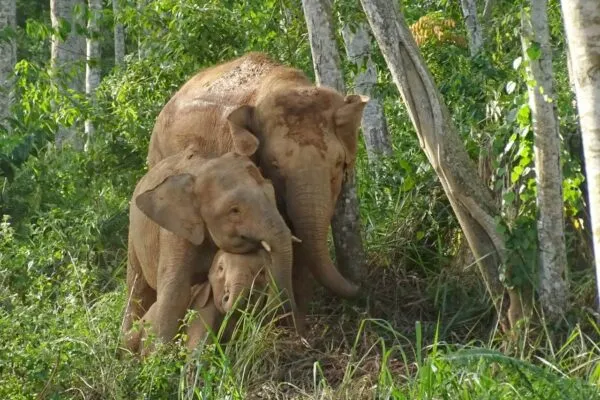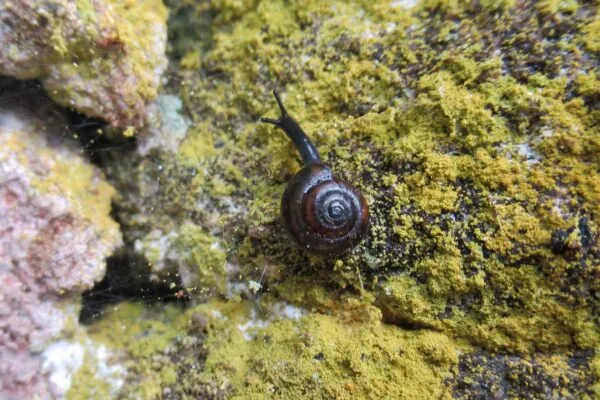Experts Develop New Tracking Technology to Protect Black Rhinos from Poachers in Namibia
The African continent is blessed with an amazing variety of wildlife. However, many Southern African countries are battling severe challenges with wildlife poaching where illegal trade in pangolins, rhino horns and elephant tusks continue to escalate despite strong cooperation between member states.
The Republic of Namibia, a country in southwest Africa, is home to diverse wildlife – including a significant cheetah population, antelope, and endangered white and black rhinos among so many others. There are around 2,000 black rhinos in Namibia, or about 90 percent of the species’ total population worldwide.
These species have suffered much at the hands of poachers. The government efforts have certainly lowered the rate of rhino loss due to poaching, but about 30 to 50 of the animals are still killed each year for their horns, which are valued over $60,000 a kilogram on the Asian black market. In 2019, 45 rhinos were poached, while that number was 74 the previous year.
Recently, experts have come forth with a new technology to track black rhinos in Namibia and protect them from poachers. The Duke University-led study reveals that this interactive software can read and analyze footprints left by black rhinoceroses. This way it can be used to monitor the movements of the animal in the wild, enabling the conservationists a way to keep track of the population of endangered species.
Experts have developed a footprint identification technology – FIT – to protect black rhinos from poachers in Namibia | Image: Reuters
The software, called the Footprint Identification Technique (FIT), runs on JMP software from Statistical Analysis System (SAS) and uses advanced algorithms to analyze more than 100 measurements of rhino footprints. Each rhino footprint left behind is as distinctive as a human fingerprint. This provides a definite way to link the footprint to the specific individual through images analyzed with the FIT.
These images will be digitally archived in a global database, presenting a tool to monitor movements of black rhino populations across various protected areas.
Also Read: Poaching Incidents Escalate in Africa Amid Coronavirus Pandemic
According to Zoe Jewell, adjunct associate professor at Duke University’s Nicholas School of the Environment and principal research associate at the JMP Division of SAS, who co-led the study and is co-creator of FIT,
If you find a match, you can identify the individual animal who left the mark and, by plotting the locations of all the other places that mark has been seen, track its movements without disturbing it or coming into close enough contact with it for there to be a risk of animal-to-human viral transmissions. It’s a cost-effective approach that not only protects the health of the rhino and the human, but also brings a centuries-old tracking skill into the 21st Century.
Jewell and her colleagues are currently working along with the country’s Ministry of Environment, Forestry and Tourism to train wildlife conservationists, land managers, local guides and anti-poaching task forces in using FIT.
Sky Alibhai, also an adjunct associate professor at Duke’s Nicholas School and principal research associate at the JMP Division of SAS, who co-led the study and co-developed the FIT technology with Jewell, said,
FIT is a distillation of the traditional ecological skills of the expert trackers who have lived and worked with in Africa for many years. Using FIT allows their skills to be used effectively in conservation. This can benefit whole communities.
The new technology allows the animals to be monitored in three different ways, permitting scientists, managers, guides or anti-poaching patrols to use it as per their individual needs and limitations.
The heel patterns on a digital image of the footprint can also be used to find a match in the FIT database. Each individual rhino can be tracked and matched to its unique footprint using both FIT and heel-patterns. This can further help in tracking the animals at higher risk, including those known to frequent areas under threat from poachers.
Hopefully, FIT will be able to fully protect black rhinos from poachers in Namibia and help the species to flourish.


